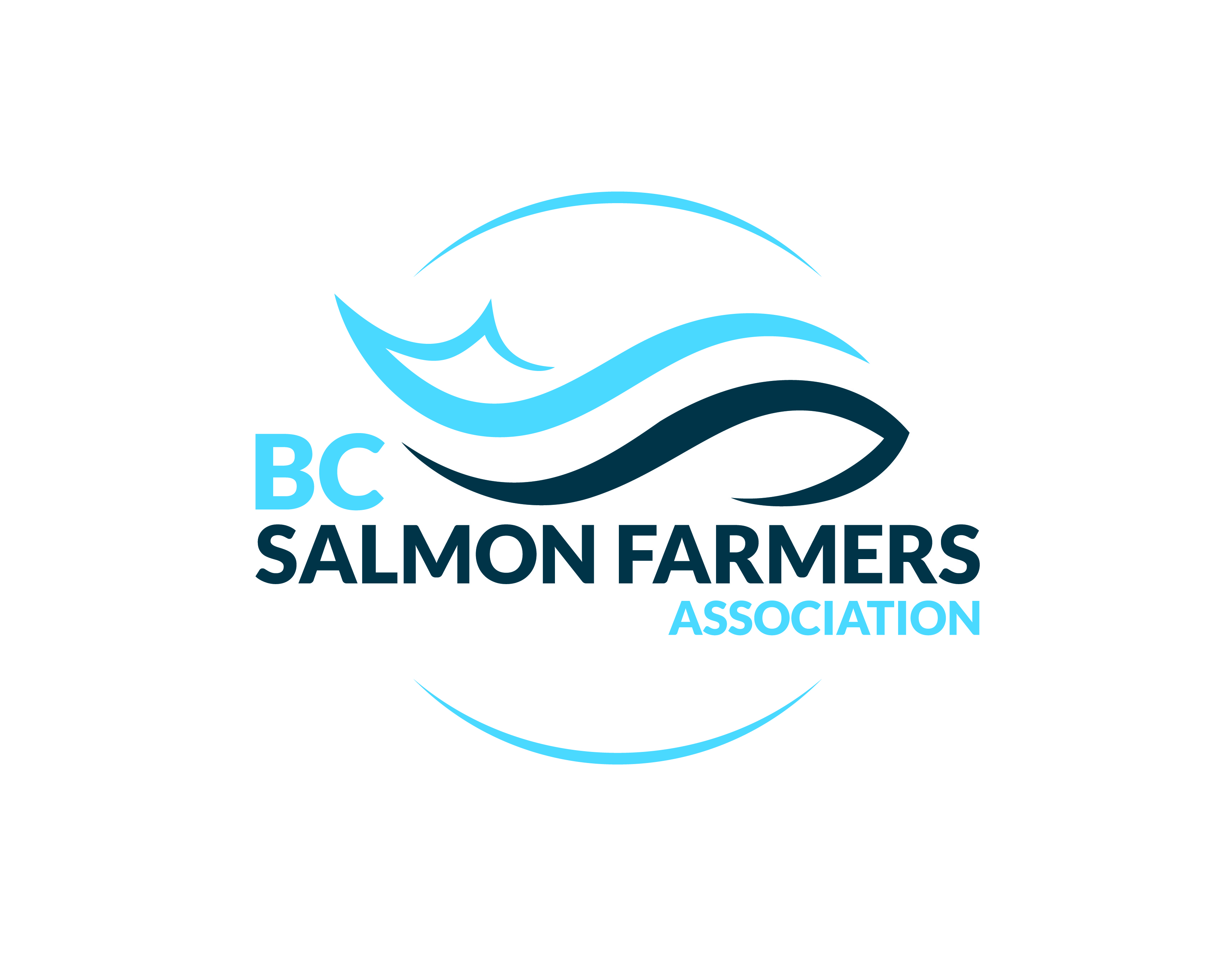Eating Heart Healthy to Protect Your Best Asset
By Patricia Chuey, RD

February is Heart Month in Canada. A great time to pause and think about what we’re eating. It’s hard to believe that someone in Canada has a heart attack every seven minutes – that’s 70,000 heart attacks each year! According to The Heart and Stroke Foundation, heart disease and strokes represent two of the three leading causes of death, with 9 out of 10 Canadians, almost all of us, having at least one risk factor. The Conference Board of Canada has estimated that heart disease and stroke cost our economy more than $20-billion every year in medical services, lost wages and decreased productivity.
Heart disease is a very big deal. It has a tremendous impact on families, our country, and every individual diagnosed with high blood pressure, high cholesterol, a first heart attack or other aspect of the disease. Although some of our risk is genetic, it doesn’t necessarily have to develop into a serious situation if we make a permanent, consistent commitment to our well-being.
Choosing to live smoke-free, managing stress as best as we can and making regular exercise a priority to promote healthy circulation, blood pressure control and a healthy weight all add up to having a big, protective effect on our heart. A steady commitment to choosing the right food at least 80 per cent of time is also critical for heart disease prevention. That doesn’t mean a permanent, unsatisfying diet. Healthy eating should be good - nourishing, delicious and simple. Life is far too short for anything else. It should be wholesome, something that makes you feel great and provides the energy to excel at everything that matters most in your life.
The Heart and Stroke Foundation recommends a healthy, balanced diet of quality, fibre-rich carbohydrate foods together with protein and fat. Fat comes in good, bad and ugly formats. About 20-35 per cent of total daily calories should come from quality fat sources. Unsaturated fat, especially omega-3 fatty acids found in oily fish, avocados, flaxseed, certain vegetable oils, nuts and seeds for example, are great choices. Hydrogenated fats and industrially produced trans fats found in many convenience foods, usually not made at home, are the least desirable fats.
Without doing any diet math calculations, a tasty way to help ensure you’re eating enough of the right fat is to include at least two 75g servings of salmon each week. A recent study published by the Canadian Aquaculture Industry Alliance found that if all Canadians ate fish at the Canada Food Guide recommended levels, approximately 5,800 deaths could be avoided every year.
A few examples of meals that can be made quite easily at home include roasting salmon together with chopped vegetables and serving over a little quinoa or rice, grilling a salmon patty and enjoying with vegetables on a whole grain roll, topping a dark green salad with salmon, or roasting salmon and asparagus and drizzling with a light cream sauce over angel hair pasta. In our home we also serve salmon in meals that commonly use other protein options such as salmon noodle soup, salmon vegetable stir-fries and salmon on homemade pizza. Salmon can be cooked, frozen and then simply thawed and crumbled atop of meals. Even from raw, it only takes about 10 to 15 minutes to cook, depending on the size and thickness. When dining out, salmon is a fantastic choice in a sushi meal, teriyaki dish or simply grilled alongside an abundance of vegetables prepared by our many amazing chefs.
Here in B.C., in addition to being surrounded by a bounty of locally grown vegetables and fruit, we are extremely fortunate to have some of the best fresh salmon in the world. Whether choosing wild-caught or B.C. farm-raised salmon, it is important to know that all salmon is a valuable source of omega-3 fats and a lean source of protein that can help reduce the risk of heart disease, stroke, Alzheimer’s and certain autoimmune diseases. According to a recent study from Harvard School of Public Health and the University of Washington, older adults may be able to lower their overall mortality risk by as much as 27 per cent and their mortality risk from heart disease by about 35 per cent. Researchers discovered that those who had the highest blood levels of the fatty acids found in fish lived, on average, 2.2 years longer than those with lower levels.
Simply put, eating salmon and other fish, is good for you! When healthy eating is permanently combined with exercise (and we couldn’t have a more perfect climate and geographical setting to be outdoors and active on most days) we greatly increase our chances of protecting our best asset – our health – for many years to come.
Patricia Chuey is a registered dietitian and food communications expert. In 2014 she was granted Fellowship in Dietitians of Canada and an Alumni of Influence award from the University of Saskatchewan for her work encouraging Canadians, from kids to seniors, professional athletes and busy families, to protect their best asset – their health. She is an avid home cook and cookbook author. She’s thrilled to see the sparkle in her clients’ eyes and extra spring in their step when they figure out that healthy eating is truly do-able and doesn’t involve gimmicks or deprivation. A serious gardener together with her family, she lives an active outdoor life enjoying Canada’s simple, spectacular beauty!

